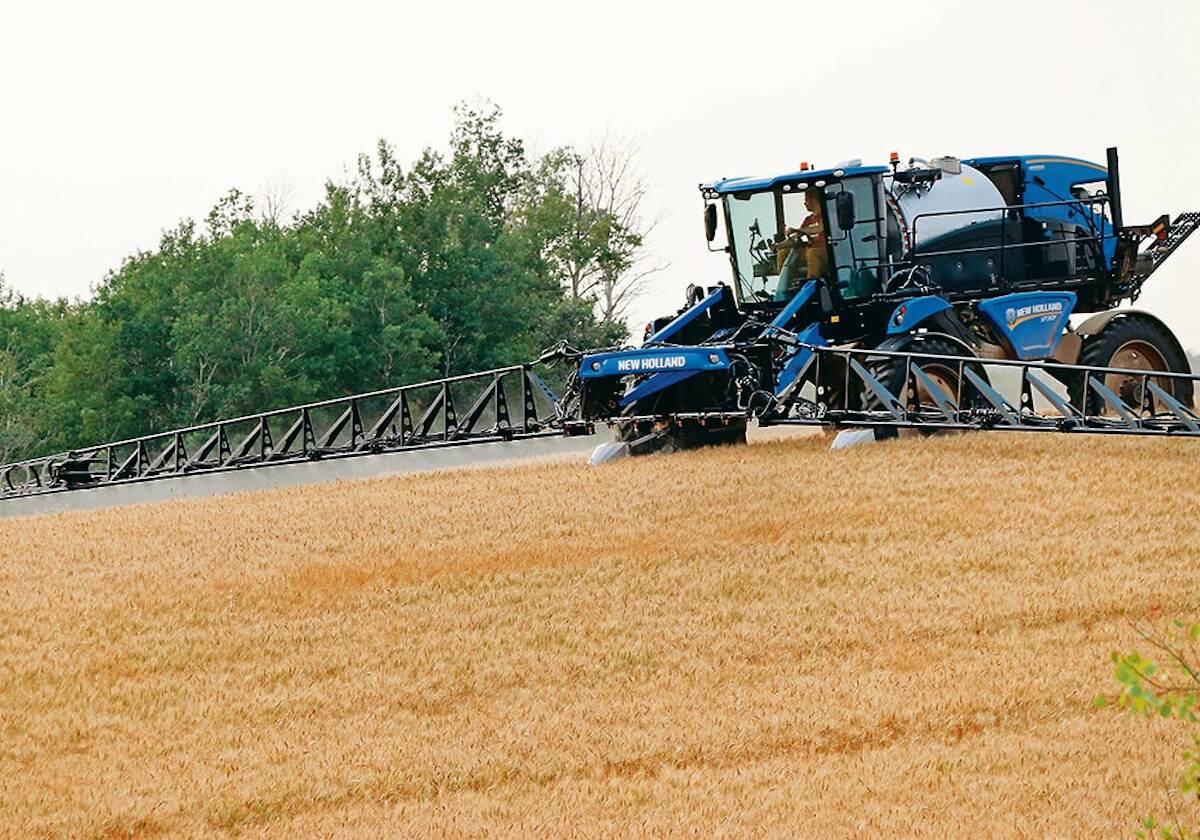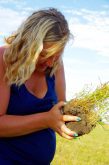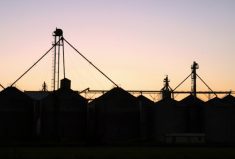High-tech agriculture has been hogging all the attention lately. Mainstream media run stories starting with “It isn’t Old Macdonald’s farm anymore,” describing drones, satellites and tractor cabs fitted with computer screens. Farm media regularly feature stories on the latest precision agriculture innovations and how farmers can figure out how to use all that computer data to squeeze a few more bushels out of an acre.
But if you’re looking for the biggest recent increase in agricultural productivity in Western Canada, you may find that it’s not coming from high technology, unless that’s how you describe a portable electric fence.
Read Also

Farming still has digital walls to scale
Canadian farms still face the same obstacles to adopting digital agriculture technology, despite the years industry and policy makers have had to break them down.
The BSE crisis had a silver lining, forcing beef producers to find ways to cut costs. Their overall solution was instead of bringing feed to the cattle, bringing the cattle to the feed. Swath grazing, bale grazing and cover crops are terms that now appear in just about every issue of a farm publication. Cattle producers now focus on ways to extend the grazing season as long as possible and on ways to squeeze as much grass and forage from pastures as possible by using electric fences to move animals and give the plants time to recover during the growing season. This low-tech but high-intensity management has led to dramatic increases in yield from low-yielding pastures that used to be pretty scruffy and unproductive by midsummer.
It turns out that these management practices are providing benefits that go beyond more grass and grain per acre. Marginal land kept in productive forage rather than grain protects soil and water quality. Unlike today’s giant seeding and harvesting equipment, four-legged forage harvesters are quite happy to manoeuvre around wetlands, which provide environmental benefits and flood control. Forages can also store large quantities of carbon to offset global warming. Demonstrating those benefits is also important for the image — and ultimately the demand — for beef, which, by the way, tastes better when it’s grass fed.
While work on these concepts has been done across the Prairies, Manitoba organizations deserve particular credit, especially those supporting Manitoba Beef & Forage Initiatives. They include Manitoba Agriculture, Manitoba Beef Producers (MBP), Ducks Unlimited Canada (DUC) and the Manitoba Forage and Grassland Association (MFGA). While it may not involve Big Data, some of the most innovative agricultural research in the province is being done at the two MBFI stations near Brandon.
MFGA also deserves credit for recently advancing the concept of ‘Regenerative agriculture’ at a successful conference in Brandon last year and another planned for this fall, with speakers describing how diverse rotations including forage and livestock can benefit grain producers, livestock producers and the environment.
The concept is especially timely, given the growing problem of herbicide resistance, which can’t be solved by a wheat-canola rotation. But while every farmer doesn’t want to raise livestock, many still do — 44 per cent of Manitoba farmers reported cattle on their farm in the last census. Part of the regenerative agriculture concept includes how grain farmers can co-operate with their cattle-farming neighbours to diversify their rotations.
One of those ideas is cover crops. The idea, now widely adopted in the U.S., is that grain farmers plant a cover crop along with a grain crop to protect the soil and give it a fertility boost. After harvest, you invite the neighbour’s cattle over for a nice meal. It’s a win-win solution.
Or here in Manitoba, maybe win win for one and just win for the other.
Cover crops for grazing are one of the beneficial practices supported by Ag Action Manitoba, the vehicle for funding under the Canadian Agricultural Partnership (CAP) program. But as reported on this week’s front page article in the Co-operator, at least one cattle producer has been turned down for cover crop funding because the program is for “stockless farms.” It seems the reason is that the government doesn’t want a program designed for environmental improvement turned into a feed subsidy.
“Moral hazard” from support programs being misused is a legitimate concern. But on the other hand, in this case the grain farmer could get the cover crop subsidy and then charge his neighbour for grazing. That’s not fair.
Agriculture Minister Ralph Eichler, who has said he wants to double Manitoba cattle production, should direct the department to include the other 44 per cent of the province’s farmers for cover crop support under the Ag Action program.



















